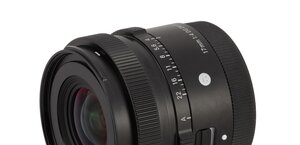Olympus M.Zuiko Digital ED 30 mm f/3.5 Macro
4. Image resolution
Let’s glance at a graph below and see how the lens compares when it comes to its performance in the frame centre and on its edges.
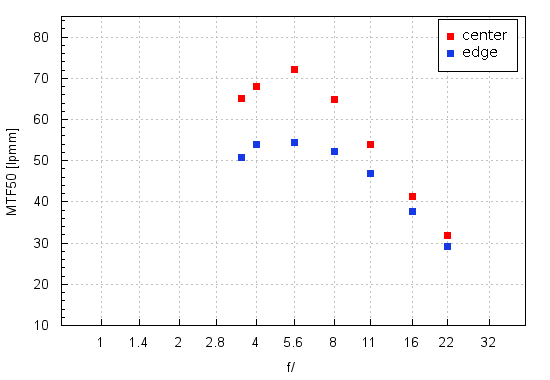
Please Support UsIf you enjoy our reviews and articles, and you want us to continue our work please, support our website by donating through PayPal. The funds are going to be used for paying our editorial team, renting servers, and equipping our testing studio; only that way we will be able to continue providing you interesting content for free. |
- - - - - - - - - - - - - - - - - - - - - - - - - - - - - - - - - - - - - - - - - - - - - - - -
When it comes to the frame centre the tested lens reaches a very high result of 65 lpmm already at the maximum relative aperture. The maximum results exceeding 72 lpmm are achieved near f/5.6. The performance should be certainly called very good; still it is weaker than the performance of other system macro lenses. It’s worth reminding here that the Olympus M.Zuiko Digital 60 mm f/2.8 ED Macro and the Panasonic Leica DG Macro-Elmarit 45 mm f/2.8 ASPH. M.O.I.S. were able to exceed slightly 80 lpmm and the Panasonic G Macro 30 mm f/2.8 ASPH. MEGA O.I.S. got to 76 lpmm.
It is clear that, when it comes to the Micro 4/3 system, you definitely shouldn’t economize on aperture fastness because slower lens are damped down by diffraction in a distinct way. If the tested lens was as fast as f/2.8 it would get rid of most of optical aberrations by f/4.0 and its resolution results would be closer to 80 lpmm.
On the edge of the frame the results are good but also only good. Still it is important that even at the maximum relative aperture the lens is able to reach almost 51 lpmm so it generates images of sensible quality. Such rivals as the Olympus 2.8/60 Macro or the Panasonic 2.8/30 Macro fared a bit better here but the expensive Panaleica 2.8/45 performed weaker.
The resolution of the tested lens was also checked with the help of the Olympus O-MD E-M5 Mark II and the results we present below.
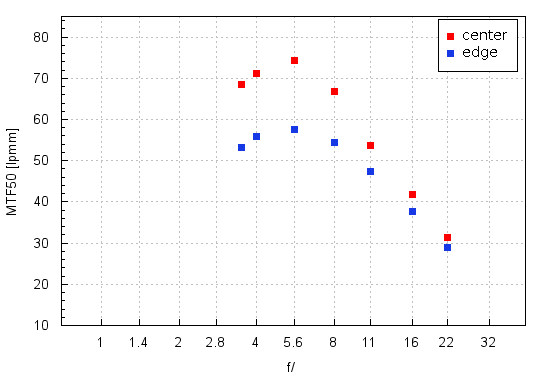
Taking into account the fact that the best lenses mounted on the Olympus E-M5 Mark II have results on a level close to 90 lpmm the assessment of the graph above is similar to the assessment of the performance conducted on the sensor of the Olympus E-PL1.
At the end of this chapter traditionally we present crops taken from photos of our resolution testing chart saved as JPEG files along with RAW files used for the analysis above.
| Olympus E-PL1, JPEG, f/3.5 |
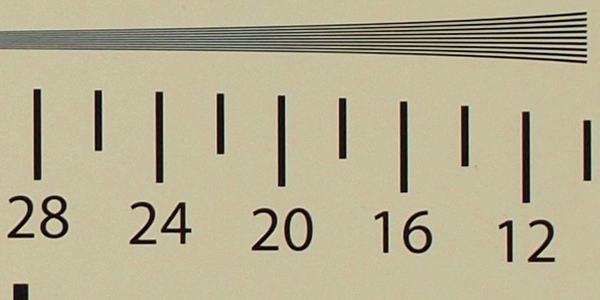 |
| Olympus E-PL1, JPEG, f/5.6 |
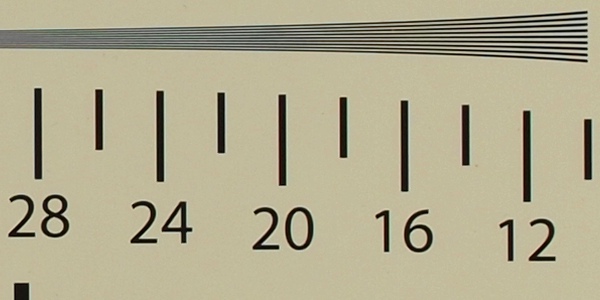 |





